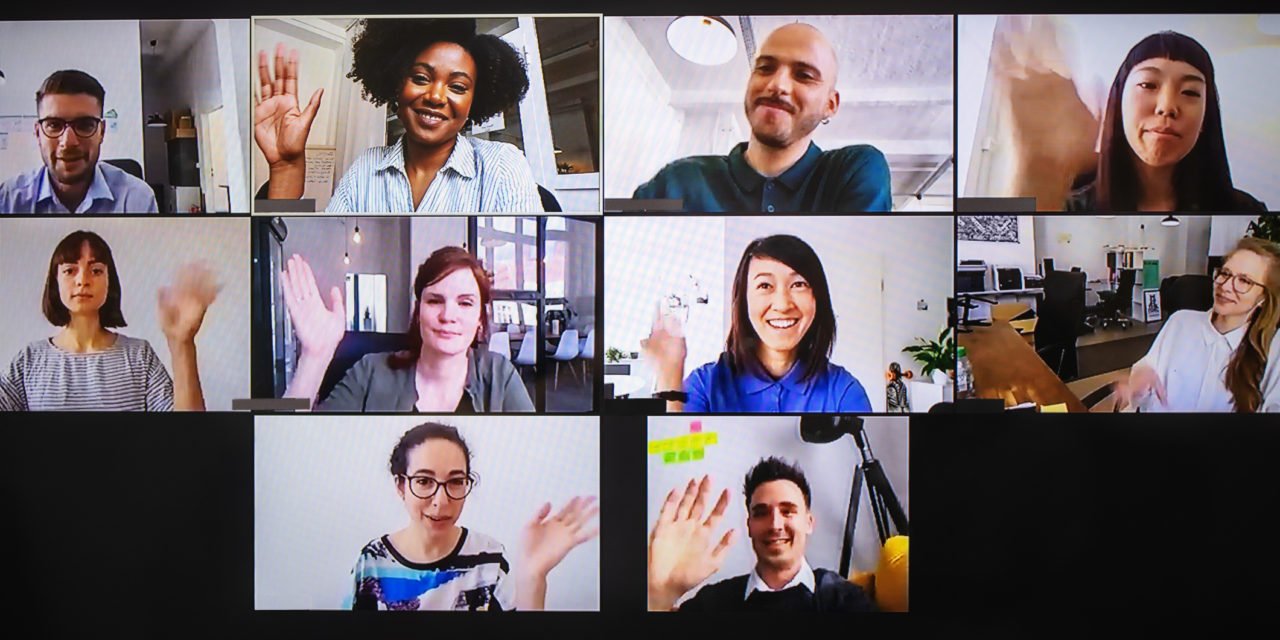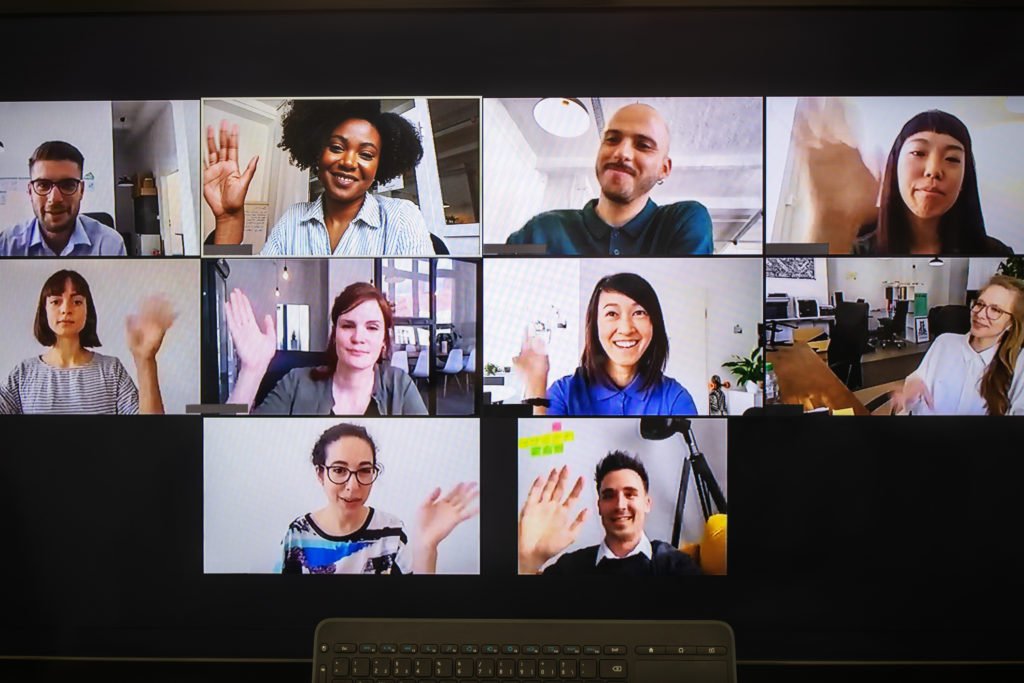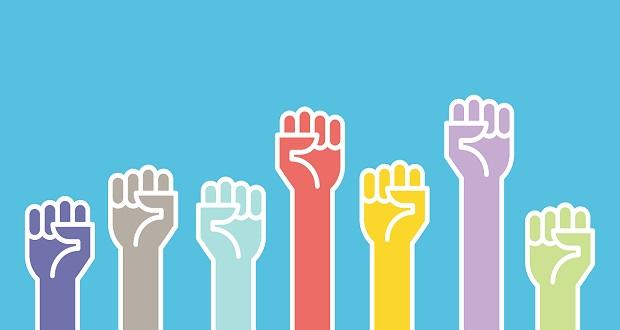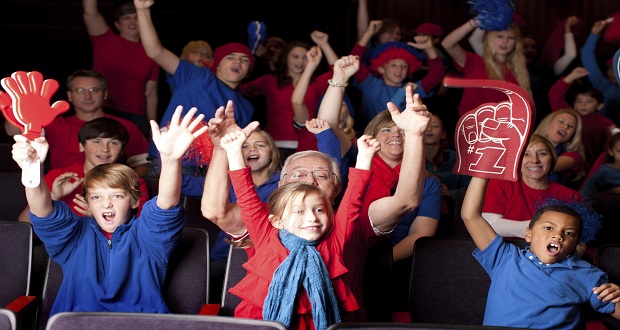Relating and connecting to others is based on finding similarities, and, of course, we tend to respond favorably to those people who act and think as we do. But, what happens when we interact with people whom (for whatever reason) we don’t connect with? Is it right to react negatively to someone simply for being different from you? When considering diversity training within organizations, we should focus our attention on helping people learn to connect not only with people who are similar, but those who are not. In reality, our most common ways of being and thinking can actually hinder progress in creating true equity in the workplace.
Relatability & Likeability
This one may be hard to grasp simply because we have been conditioned as a society to think only one way about who is likeable, or the importance of relatability in building rapport and relationships. In the simplest of terms, most people have been taught that “same = good” and “different = bad.” This false dichotomy actually forms the foundation for bias and discrimination, as it positions one way of being as more favorable than others. Those who fit are rewarded; those who do not are ostracized and limited. People of all backgrounds tend to fall into this trap. For example, people of color may discriminate against each other if one or the other doesn’t fit prescribed “likeability” criteria. It’s automatically assumed that people who are more vocal or more “out there” are inherently more likeable than those who are not, and this simple judgment can form the basis for an entire opinion about someone’s capabilities, background, wants, needs and thoughts. Have you ever judged someone based on what they’re wearing (“Oh, they must not care…) or a certain characteristic (”They speak a certain way, so they must not be intelligent…)? Innocent as it seems, these split second conclusions we draw about someone without getting to know them leads us to contribute to environments where some people are praised and supported, while others are ignored, negatively judged or marginalized. We’ve even come to see this as just part of how things are, and should be. But is this really how things should be? If you believe so, why? Crucial questions like these are the beginnings of dismantling frames of thought that may not serve us well in a world that values equity and belonging.
“Meeting People Where They Are”
Let’s dissect this common belief for a bit. To meet someone where they are is commonly made synonymous with empathy, which is being able to view things from another’s perspective and being able to feel as they feel. On the surface this sounds great, and being empathetic toward others is a great way to build relationships and support one another. However, it may become limiting if our expectation is always that someone feels what we feel, thinks how we think, or behaves in ways that make us comfortable in the name of “meeting me where I am.” This is the antithesis to authenticity. If we are requiring someone to meet us where we are, we, in turn, are not appreciating where the other person is. A different way to view this is through curious inquiry: building rapport via asking questions and being curious about where someone is, and finding common ground through this process. If we are to create truly equitable spaces where all can be their true selves, then we will have to rethink this common notion and consider its effect on authenticity. Coaching and supporting people as they make these adjustments to the very way we were all trained to think can be a great strategy for your organization in making progress toward true diversity and belonging.
It may become limiting if our expectation is always that someone feels what we feel or thinks how we think in the name of 'meeting me where I am.' This is the antithesis to authenticity. Share on XAre Practitioners Really in it for Change?
One common theme I am beginning to notice in the space of DEI practitioners is the notion that there is “one way” to do DEI, and that way involves political savvy and a certain level of assimilation to dominant culture in order to make progress. In some spaces, you may notice people of color of certain socio-economic or educational status actually being discriminatory toward other persons of color who haven’t adopted their ways of being and standards. This mindset is counterproductive to true equity and creates a situation where those positioned to influence are not actually working for those who are not; rather they are still clamoring for their own status within a system that ultimately really doesn’t value them. Some, not all, work with the notion that people who aren’t savvy (read: assimilated) cannot be effective enough to influence real change. The goal of many practitioners seems to be tangible equity — give us the same pay, opportunities, and status — but these aims fail to acknowledge the everyday experiences of people.
Despite their training and skills, even practitioners themselves can be riddled with fear: fear of loss of status, opportunity or reputation. So they continue playing it safe, doing just enough to keep everyone comfortable but failing at influencing real change. The crucial conversations, the challenging of leadership — none of this can happen when operating in fear. This is where two approaches, traditional practitionership and grass roots approaches, can come together to increase effectiveness. While politically savvy practitioners typically avoid rocking the boat, grassroots and passionate activist bring this skillset to the table and have been at the heart of any progress made in the last few decades. One approach should not be seen as better than the other. In fact, this very notion brings a divisiveness that only serves to slow progress further.
Even DEI practitioners can be riddled with fear of loss of status or reputation. So they play it safe but fail at influencing real change. The challenging of leadership can't happen when operating in fear. Share on XWhat is Professional?
Tied to the last point is the idea of what is considered professional. Our current standards of professionalism are largely influenced by norms and standards of whiteness. For example, our style of dress, hairstyles and manner of speaking are all judged against a standard that by no means encompasses the diversity, style and personalities of the many peoples of the world. Yet anyone who doesn’t fit these standards can be labelled unprofessional, incompetent or otherwise marginalized. Competence and professionalism don’t “look” a certain way, and unlearning this notion can go a long way in removing barriers to success and increasing diversity in higher level positions in organizations.
In order to really get to the core issues and solutions to foster true diversity and belonging, we need to be able to question long standing common ideas, beliefs and behaviors in new ways. Without building this skill, we are simply attempting to stack new ideas on top of old beliefs — a technique that has never proven to be very successful.
Competence and professionalism don’t 'look' a certain way, and unlearning this notion can go a long way in removing barriers to success and increasing diversity in higher level positions in organizations. Share on X In order to really get to the core issues and solutions to foster true diversity and belonging, we need to be able to question long standing common ideas, beliefs and behaviors in new ways. Share on X



















